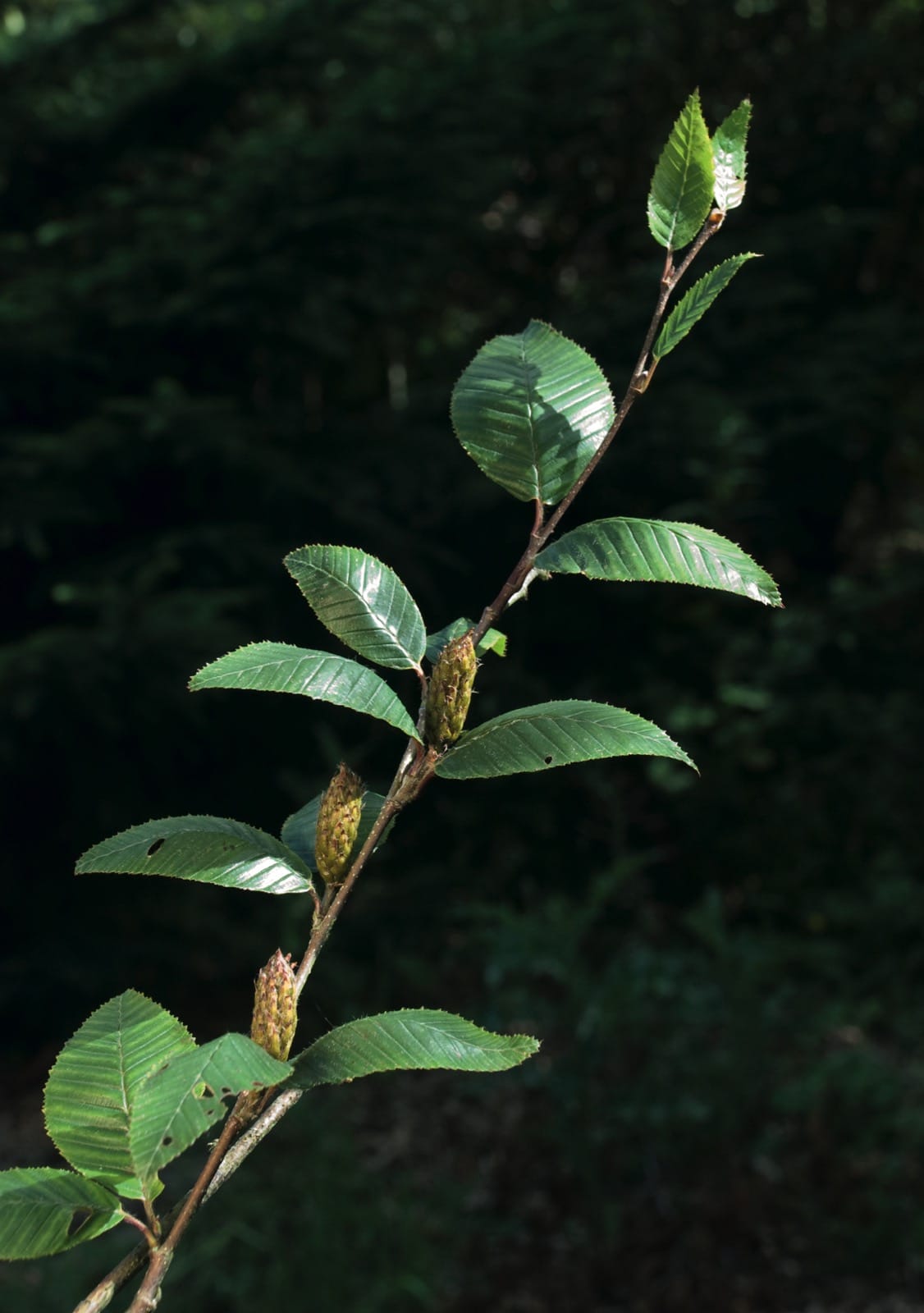Betula delavayi
Credits
Article from New Trees by John Grimshaw & Ross Bayton
Recommended citation
'Betula delavayi' from the website Trees and Shrubs Online (treesandshrubsonline.
Genus
Other taxa in genus
- Betula albosinensis
- Betula alleghaniensis
- Betula × aurata
- Betula bomiensis
- Betula × caerulea
- Betula chichibuensis
- Betula chinensis
- Betula coerulea-grandis
- Betula cordifolia
- Betula corylifolia
- Betula cylindrostachya
- Betula davurica
- Betula ermanii
- Betula forrestii
- Betula glandulosa
- Betula globispica
- Betula grossa
- Betula humilis
- Betula insignis
- Betula jacquemontii
- Betula lenta
- Betula luminifera
- Betula lutea
- Betula mandshurica
- Betula maximowicziana
- Betula medwediewii
- Betula nana
- Betula neoalaskana
- Betula nigra
- Betula occidentalis
- Betula papyrifera
- Betula pendula
- Betula platyphylla
- Betula populifolia
- Betula potaninii
- Betula pubescens
- Betula pumila
- Betula raddeana
- Betula schmidtii
- Betula szechuanica
- Betula tianschanica
- Betula × utahensis
- Betula utilis
Shrub or tree to 8 m. Bark dark grey. Branchlets brown with dense, yellow pubescence. Leaves deciduous, 2–7 × 1–4 cm, ovate to elliptic or oblong, upper surface with dense, silky yellow pubescence when young, lower surface with sparse resin glands and white silky pubescence on the veins, (5–)9–15 lateral veins on each side of the midvein, margins with minute, double serrations, apex acuminate or rounded; petiole 0.5–1 cm long with sparse pubescence. Monoecious; staminate inflorescences catkin-like, solitary or in groups of two to four, 4–6 cm long; pistillate inflorescences catkin-like, solitary, pedunculate, oblong to cylindrical, 1–2.5 × 0.5–1 cm. Flowers inconspicuous; bracts pubescent, three-lobed. Fruiting catkins erect, persistent over winter. Fruit a tiny (to 3 mm), pubescent nutlet with a narrow rim. Flowering June, fruiting July to August (China). Hexaploid, 2n = 84. Skvortsov 1998, Li & Skvortsov 1999. Distribution CHINA. Frequent in the Lijiang area of northwest Yunnan but certainly also identified in southwest Sichuan and a few other neighbouring areas. Other areas quoted in the literature probably often refer to occurrence of B. bomiensis, and perhaps another enigmatic tree species with more numerous veins to its leaves, represented by B. delavayi var. polyneura L.C. Hu, B. jiulungensis L.C. Hu, and possibly also B. gynoterminalis Y.C. Hsu & C.J. Wang. This mysterious taxon is not in cultivation as far as is known (H. McAllister, pers. comm. 2007). Habitat Deciduous forest and thickets between 2400 and 4000 m asl. USDA Hardiness Zone 6–7. Conservation status Not evaluated (IUCN), but possibly of limited distribution. Illustration Li & Skvortsov 1999; NT168. Cross-reference K224. Taxonomic note This group, including the taxa B. delavayi (small tree), B. bomiensis (smaller tree), B. calcicola (W.W. Sm.) P.C. Li and B. potaninii Batalin (shrubs) is very confused (H. McAllister, pers. comm. 2007), and we therefore discuss them together, here below. They are separable not only on visible morphological characters but also by their ploidy and geographical distribution. In Flora of China (Li & Skvortsov 1999), B. bomiensis is referred to as a synonym of B. delavayi var. microstachya. We give its description below (despite the alphabetic derangement caused), for ease of comparison.

